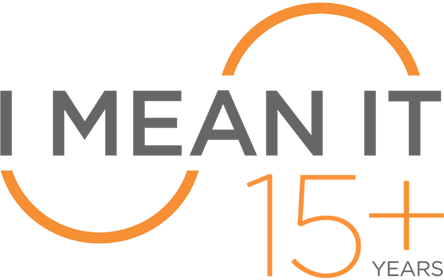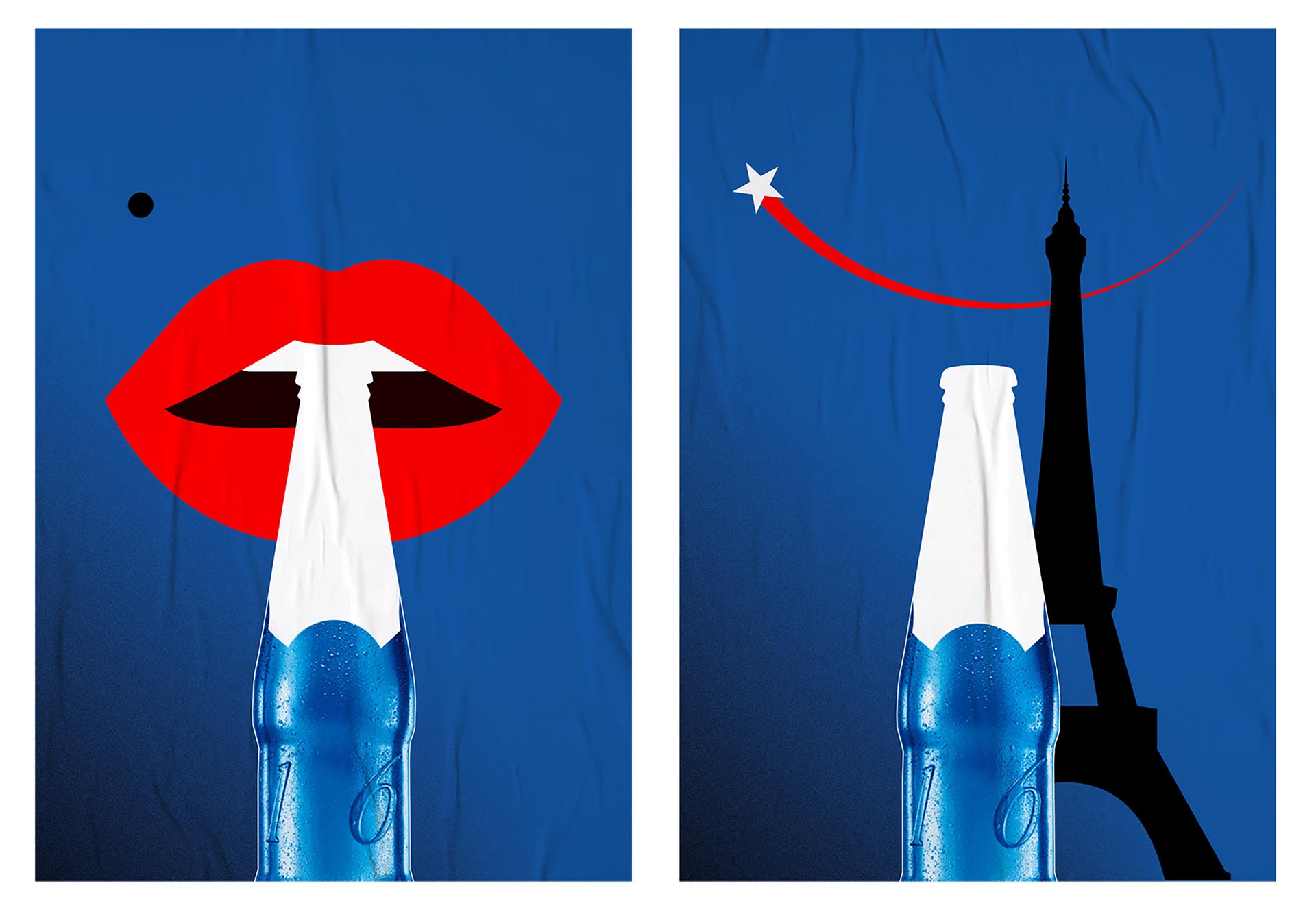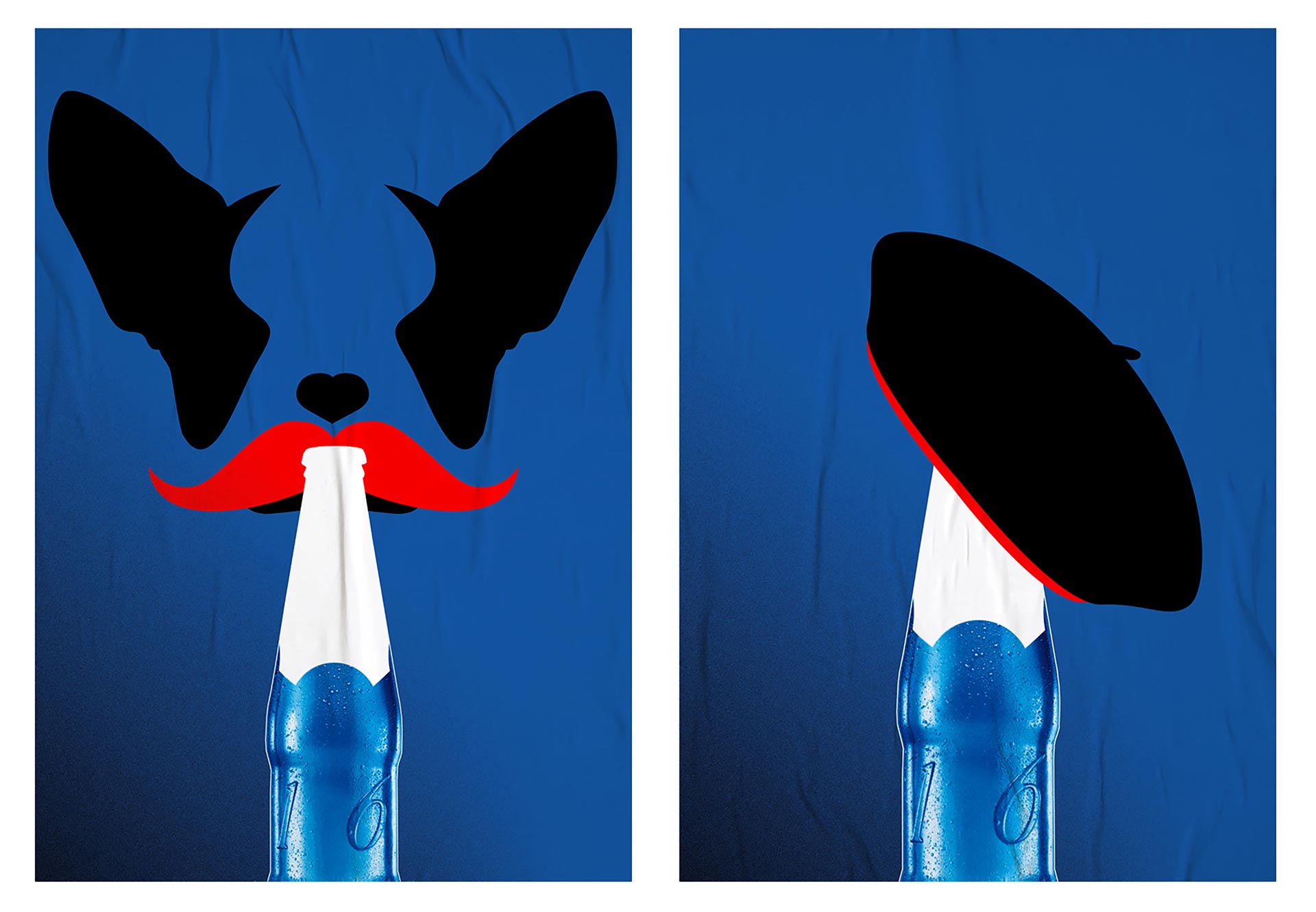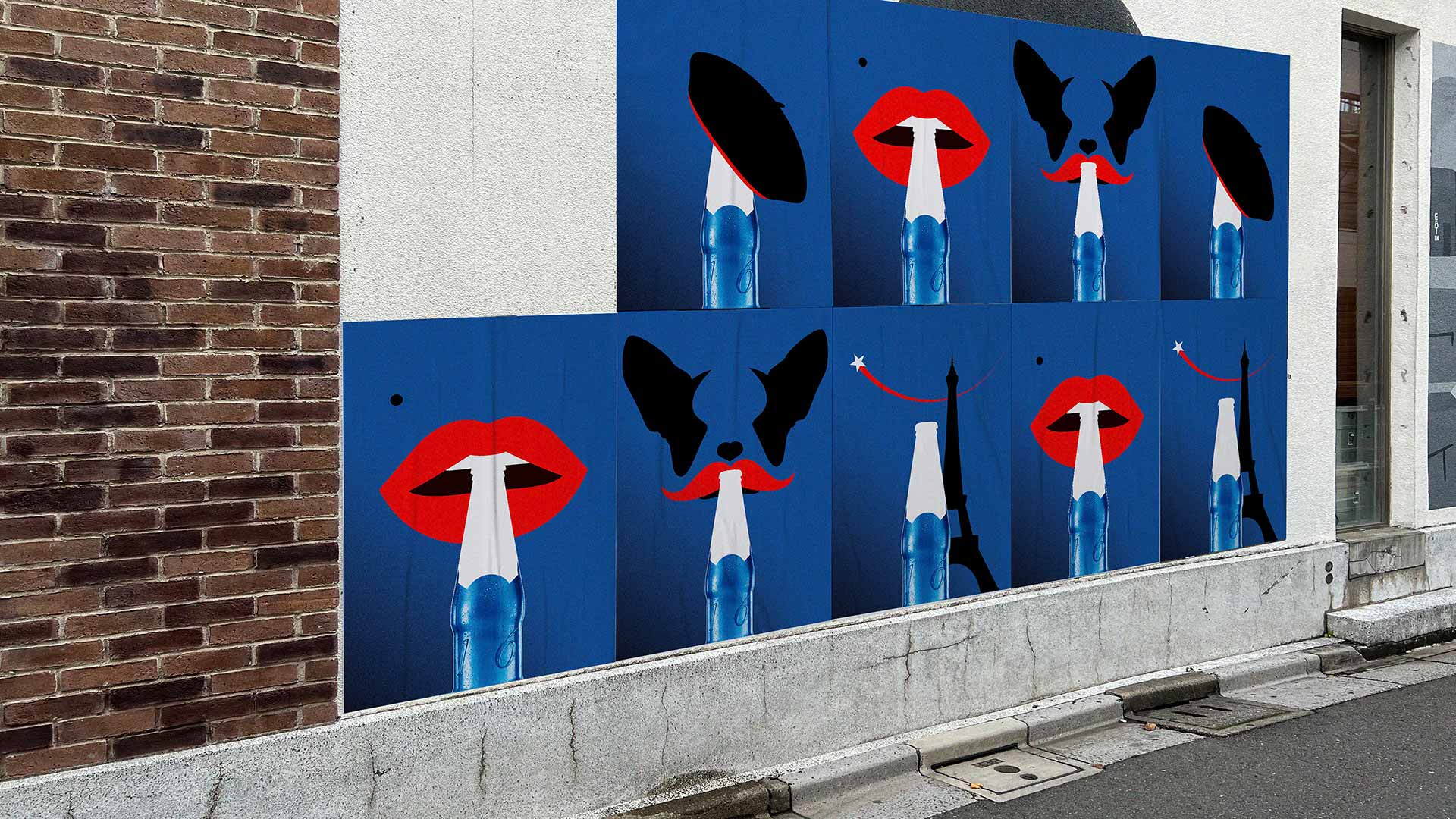Understanding Dark Markets and Beer Advertising:
Dark markets, also known as the dark web or darknet, are hidden online marketplaces that operate on encrypted networks. These platforms facilitate the exchange of goods and services, often involving illegal or illicit activities. Within these spaces, beer advertising faces significant hurdles due to the prohibition of certain substances, regulatory limitations, and the need to navigate an anonymous environment.
The Challenges of Dark Market Beer Advertising:
- Legal and Regulatory Restrictions: Dark markets typically harbor illegal trade, making it crucial for beer advertisers to operate within the boundaries of the law. Adhering to legal restrictions related to the promotion of alcoholic beverages, such as age verification and geographical limitations, is essential to avoid legal repercussions.
- Anonymity and Trust: The dark market’s anonymity and lack of transparency require beer advertisers to build trust with potential consumers. Creating compelling and credible campaigns that resonate with the target audience while maintaining authenticity is vital for success.
- Targeting the Right Audience: Identifying and reaching the target audience within the vast and diverse user base of dark markets is a complex task. Advertisers must employ data analytics and behavioral targeting techniques to deliver their messages effectively.
Strategies for Designing Dark Market Beer Advertising:
- Compelling Visuals: Given the limited attention span of dark market users, visually striking content is crucial. Eye-catching graphics, bold typography, and attention-grabbing imagery can capture the audience’s attention amidst the noise of competing advertisements.
- Storytelling and Authenticity: Crafting authentic narratives that resonate with the target audience can help build trust and engagement. Beer advertisers should emphasize the brand’s story, values, and unique selling points to differentiate themselves in the market.
- Influencer Marketing: Collaborating with influential figures within the dark market community can enhance brand visibility and credibility. Partnering with reputable individuals who align with the brand’s image can yield positive results and increase the campaign’s reach.
- Interactive Experiences: Creating interactive experiences, such as gamification or immersive storytelling, can increase user engagement and leave a lasting impression. Encouraging users to participate actively in the advertising campaign can foster brand loyalty.
Ethical Considerations:
While designing beer advertising campaigns in dark markets, ethical considerations should remain a priority. Advertisers must ensure they promote responsible drinking, adhere to legal requirements, and prioritize user privacy and safety. Ethical advertising practices can help build a positive brand image and cultivate long-term customer relationships.




